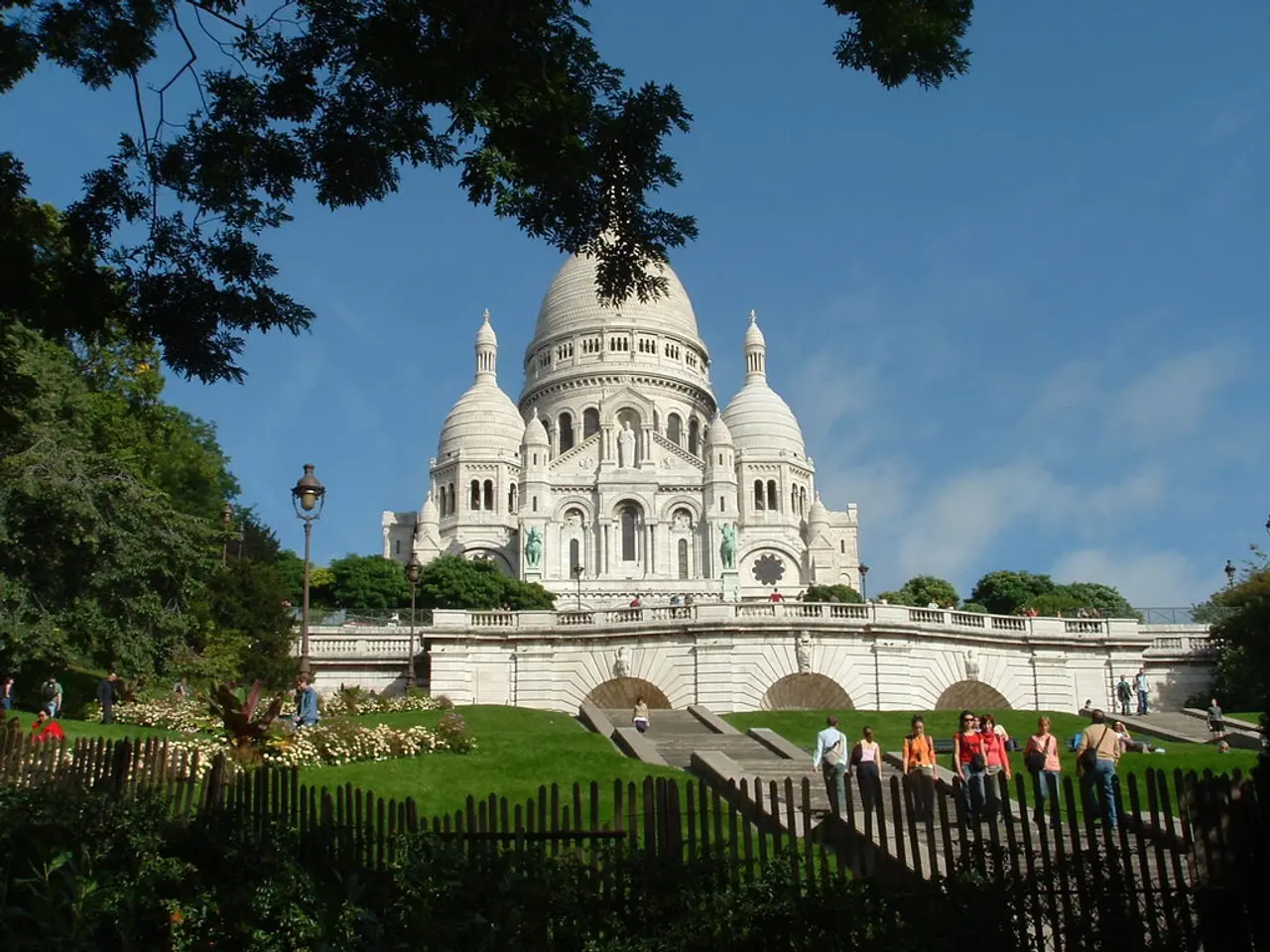Hunter-Gatherers Redefine Human Athleticism and Social Evolution
A new study has revealed the extraordinary athleticism of hunter-gatherer societies across the globe. Published in Royal Society B, the research highlights how movement shapes survival, social status, and even mating opportunities in these communities. The findings challenge long-held assumptions about gender roles and human physical capabilities.
The 2025 study, led by Dr. Sarah Johnson from the University of Oxford, examined evolutionary trade-offs in movement among hunter-gatherers. Every action—whether running, climbing, or swimming—represents a calculated balance of energy use, food gain, social standing, and risk of injury or death. These movements are not just about survival but also play key roles in rituals, leisure, and courtship.
The research sheds light on how hunter-gatherer societies rely on movement for far more than basic survival. Their physical abilities shape social structures, gender dynamics, and even reproductive success. These findings offer a deeper understanding of human adaptability and the evolutionary roots of athleticism.







